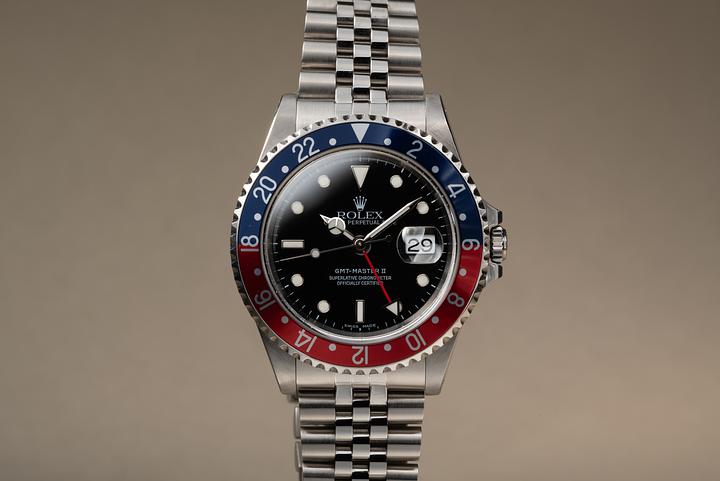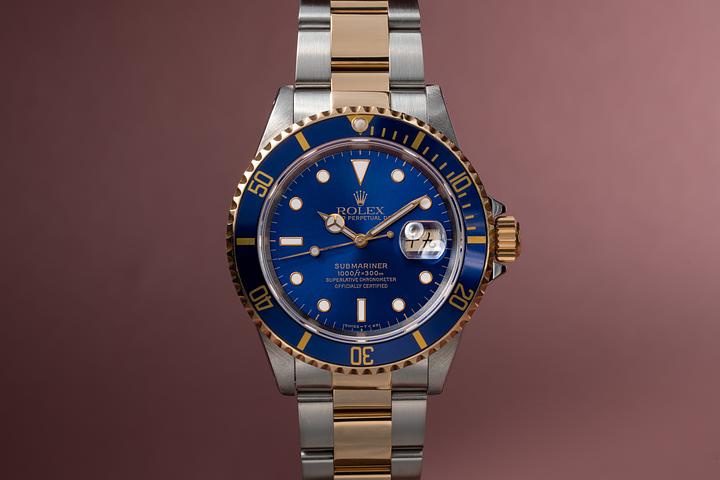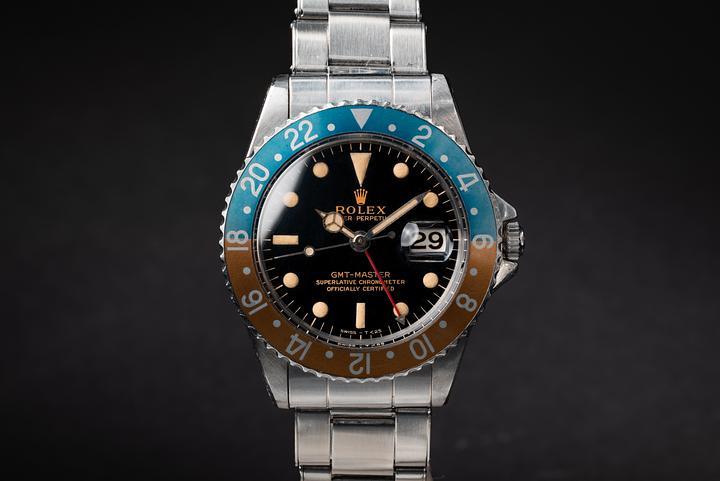Why the Poor Man’s Rolex Is Actually a Smart Watch Move
.jpeg)
Why the "Poor Man’s Rolex" Is Anything But Poor: Debunking the Myth in the Swiss Watch World
Okay, so the phrase kind of stings, right? “Poor man’s Rolex.” It’s one of those loaded little labels that stirs both curiosity and contempt, depending on who’s listening—or browsing forums at 2am. But what does it even mean? Here's the truth: behind every use of that term is a real story about value, heritage, and precision wrapped in stainless steel and Sapphire crystal. And yeah, while some might use it dismissively, others see it as a goldmine of horological opportunity. And it all goes back to one place—Switzerland.
What Exactly Is the “Poor Man’s Rolex”?
First thing's first—this isn’t a knockoff territory kind of conversation. The “Poor Man’s Rolex” is not some sketchy street-corner deal or dubious online listing. We’re talking about legitimate Swiss-made alternatives to Rolex; timepieces that echo similar craftsmanship, design languages, and sometimes supply chain heritage—all at a price point that doesn’t require your mortgage documents. Often, this phrase gets tagged to brands like Tudor, Oris, Longines, and even Glycine or Hamilton. But it’s more than a budget conversation. It’s about identity, perception, and, well, a little bit of brand psychology.
Swiss Heritage Runs Deep (Even Without the Crown)
Switzerland remains the beating heart of the watchmaking universe. Rolex may be its most famous citizen, but it is far from the only one. Tudor—Rolex’s better-dressed little brother—was literally founded by Hans Wilsdorf in 1926 as a more accessible offshoot of Rolex. Its early models actually used Rolex cases and crowns. You got less expensive movements, sure, but everything else whispered pedigree. It wasn’t just an alternative; it was an insider’s shortcut to aesthetic and build-quality excellence without paying the Rolex tax. Now, Tudor’s rising, widely respected, and increasingly operating in its own right.
Same goes for Oris, founded in 1904, and one of the few remaining independently-owned Swiss watchmakers. Oris quietly pushes out mechanical-only watches with serious underwater, aviation, and motorsport bonafides. The fact that it doesn’t have the household recognition of Rolex? That’s your winning ticket. Attention is expensive, and Oris has passed those savings onto design development and mechanical innovation instead of advertising campaigns on tennis courts and yachts.
The Value Equation: More Than Dollars and Sense
People reach for a “Poor Man’s Rolex” because it makes sense. Literally. Rolex watches are, well, phenomenal. There's a reason they're so revered—reliability, craftsmanship, and legacy all rolled into a wrist-hugging circle of perfection. But not everyone wants to throw down five figures for a steel diver, especially when the alternatives house similar mechanical movements, offer waterproofing within a hundred meter margin, and don’t shout at every passing stranger with that unmistakable crown logo.
For example, the Tudor Black Bay Fifty-Eight shares Rolex DNA in design, functionality, and even movement stability in many models. Side by side with a Submariner, you'd be forgiven for needing a second glance. And then there’s Longines with its Heritage line, offering vintage-flavored cream dial field watches and chronographs that feel like you inherited them from someone undeniably interesting—like an explorer who forgot to brag.
What you’re buying in these “Poor Man’s” options isn’t inferiority. You’re just buying smart. And, okay, maybe skipping the waiting list too.
Design Cues and Echoes—Homage or Intentional Parallels?
This is where it gets interesting, like spycraft levels of interesting. A lot of mid-tier Swiss brands have naturally similar design cues to Rolex—round cases, knurled bezels, classic dress-watch dimensions, cyclops date magnifiers. Watch nerd forums blow up with debates over whether this is homage or lineage. In Tudor’s case, it’s literal DNA. But even Hamilton—an American brand now nestled nicely in the Swiss watch kingdom under Swatch Group—channels Rolex energy in pieces like the Jazzmaster or Khaki Field Auto.
These shared aesthetics aren’t rip-offs. They reflect an era and a standard. Think about it: car companies all made boxy sedans in the ‘80s; no one got sued for that. These watches appeal because they align with a timeless silhouette that Rolex helped popularize—but most certainly did not monopolize. Design is cultural. Watches are tools. And let’s be honest—watches sell in part because of what they evoke. If a $1,200 Oris Diver 65 makes you feel 90% of the thrill of a $10,000 Sub, that’s just smart chemistry.
Why the Term “Poor Man’s Rolex” Deserves Retirement
The phrase itself is an unfair relic. It suggests lack when, in fact, it often reflects deliberate choice. Nobody’s wearing a Longines Legend Diver because they couldn’t afford a Rolex. They’re wearing it because they prefer the look, the feel, the backstory. Or because, brace yourself—waitlists are awful. Or because they’re not entirely comfortable announcing “I spent more on this watch than most people do on rent.” Luxury, after all, is subjective.
Besides, brands like Grand Seiko (yes, Japanese, not Swiss) and Nomos (German, but with serious horological credibility) have proven that prestige and pricing are not always correlated. Precision, lineage, and character matter more than hype. Wearing a “Poor Man’s Rolex” doesn’t make you a lesser collector. It makes you an informed one. Someone who sees beyond the logo and into the mechanics. Someone chasing function before flex.
A Final Thought—Celebrate the Choice, Not the Comparison
So yeah, the phrase “Poor Man’s Rolex” gets thrown around, especially online, but maybe it’s time to reframe it. These watches aren’t knockoffs or benchwarmers. They’re legacy-rich, Swiss-rooted machines offering serious wrist presence without pretense. Whether it’s Tudor’s tool-watch DNA, Oris’ independent innovation, or Longines’ vintage-cool flair, you’re buying into something real. Not a compromise, but a conversation. A watch that says “I know what I’m doing,” not “I’m trying to make a point.” After all, you’re not poor—you’re savvy. And there’s nothing more Swiss than that.




